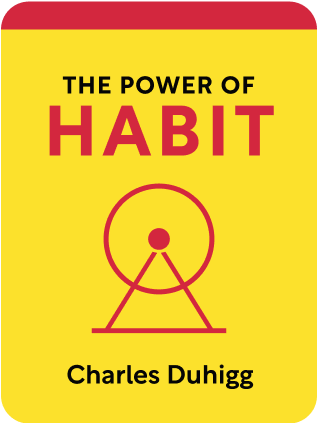

This article is an excerpt from the Shortform book guide to "The Power of Habit" by Charles Duhigg. Shortform has the world's best summaries and analyses of books you should be reading.
Like this article? Sign up for a free trial here .
What are social habits? How can they contribute to larger societal movements?
Learning how to start a movement starts with understanding peoples’ social habits. People communicate constantly within their social circles, and social habits can help ideas spread and convince people to take action.
Read more about social habits below.
From Social Habits to Social Movements
Many social movements are encouraged by peoples’ social habits. When we see our friends caring about something, we’re encouraged to care, too.
1) Movements Start With a Victim
Social movements often begin with a victim who suffered an injustice, like being injured or discriminated against. Immediately, the victim’s close friends band together to help, as the habits of friendship would dictate. (Cue: friend is in trouble; Routine: help the friend; Reward: happiness from helping friend). To have a broad social movement, it helps if the victim is well connected in the community.
2) Movements Spread Through the Community by Social Habits
For the movement to grow, it now must expand beyond the immediate clique and involve a whole community, many of whom have only weak ties to the victim. Now, the habits of social pressure kick in.
A 1960s study found that weak ties (or friends of friends) were more instrumental in getting people jobs than close friends. The reason is that you likely belong to the same clique as your close friends, and thus access the same pool or opportunities. In contrast, the weak tie friends access social networks that you don’t belong to and find opportunities you would otherwise never hear of. But the tie is strong enough that the friend of a friend will still help you much more than she would a stranger.
This weak tie behavior seems like an automatic habit – if you get a request to help a friend of a friend, you likely don’t think explicitly, “well Mary is a friend of Jason’s, so if I help Mary, I’ll look better to Jason.” You just feel a compunction to help. (This behavior might have evolved biologically when close knit communities were more fit for survival.)
If you don’t help the friend of a friend, you risk losing your social status from the community. Jason will know he can no longer rely on you for help, and he’ll tell your mutual friends, and so forth. So peer pressure also forces us to action, when everyone else expects us to perform a certain way.

———End of Preview———
Like what you just read? Read the rest of the world's best book summary and analysis of Charles Duhigg's "The Power of Habit" at Shortform .
Here's what you'll find in our full The Power of Habit summary :
- The 3 steps to change your habits
- Why habits are at the root of success in football
- How social movements are just an expansion of habits from individuals to communities






